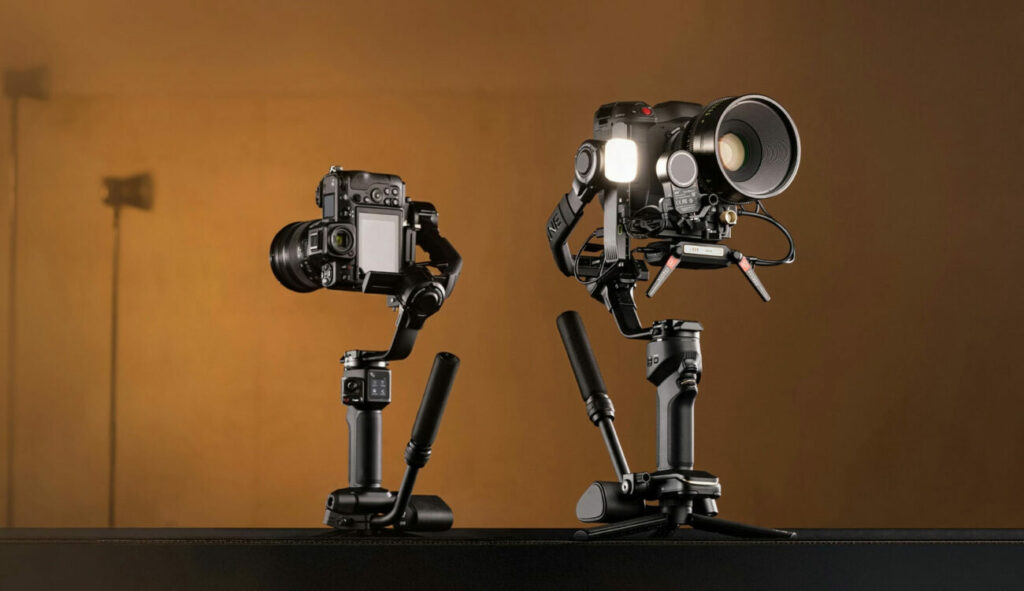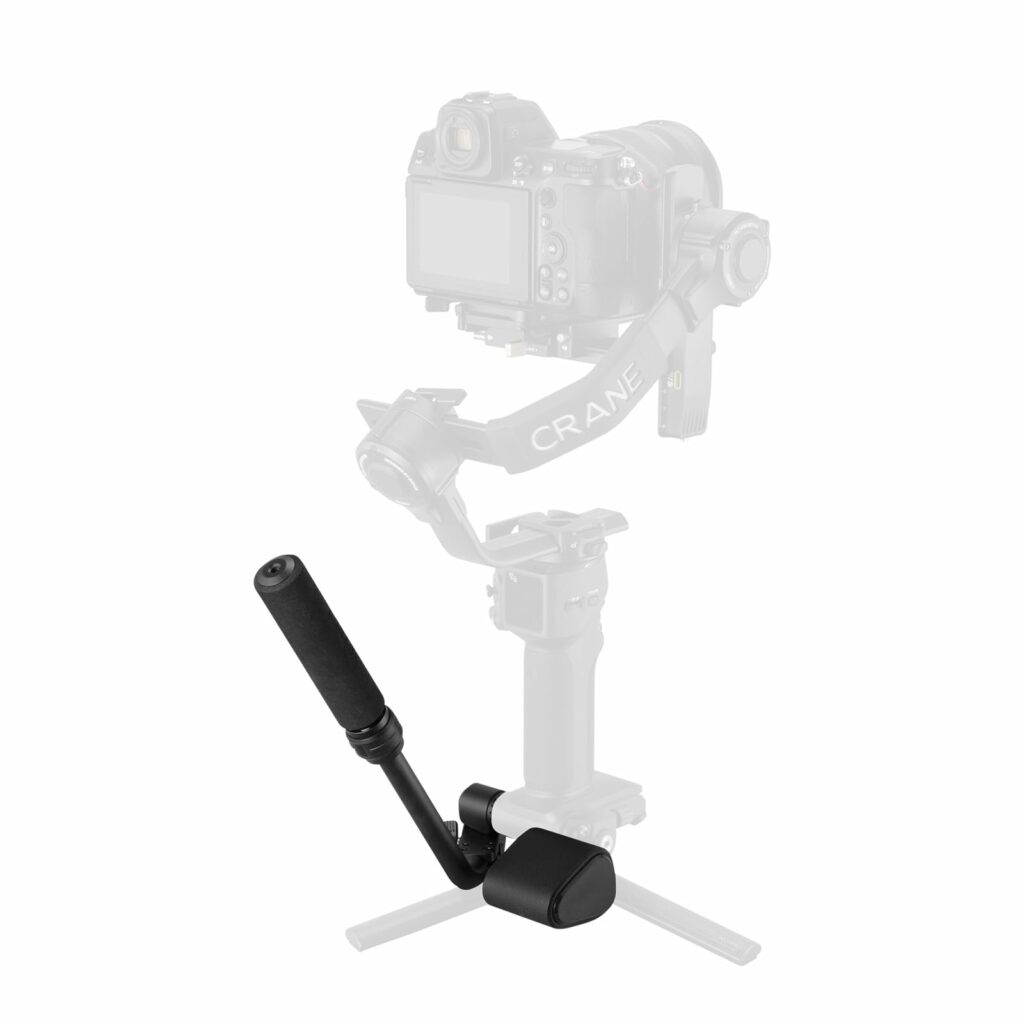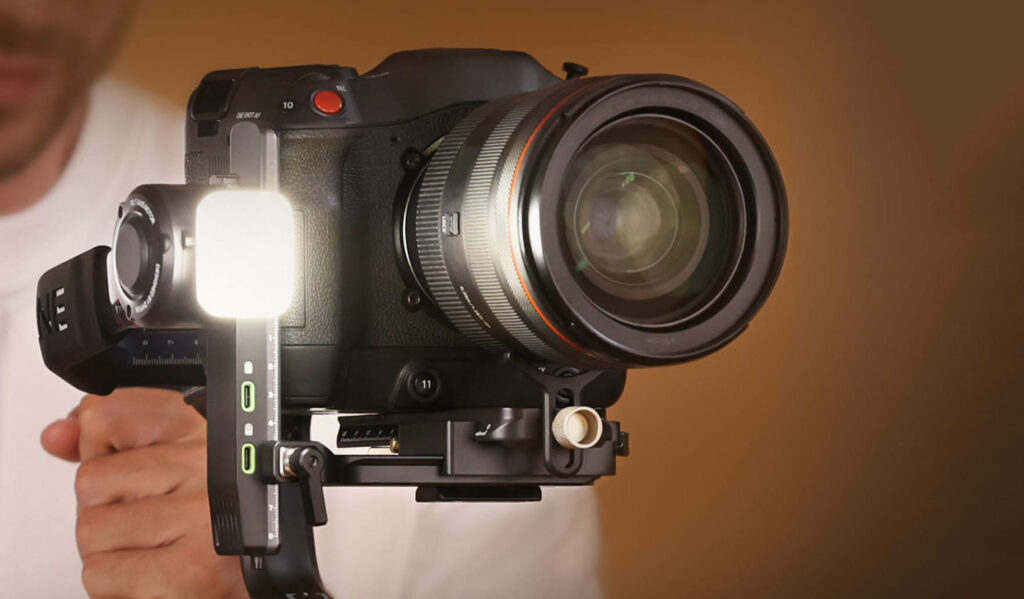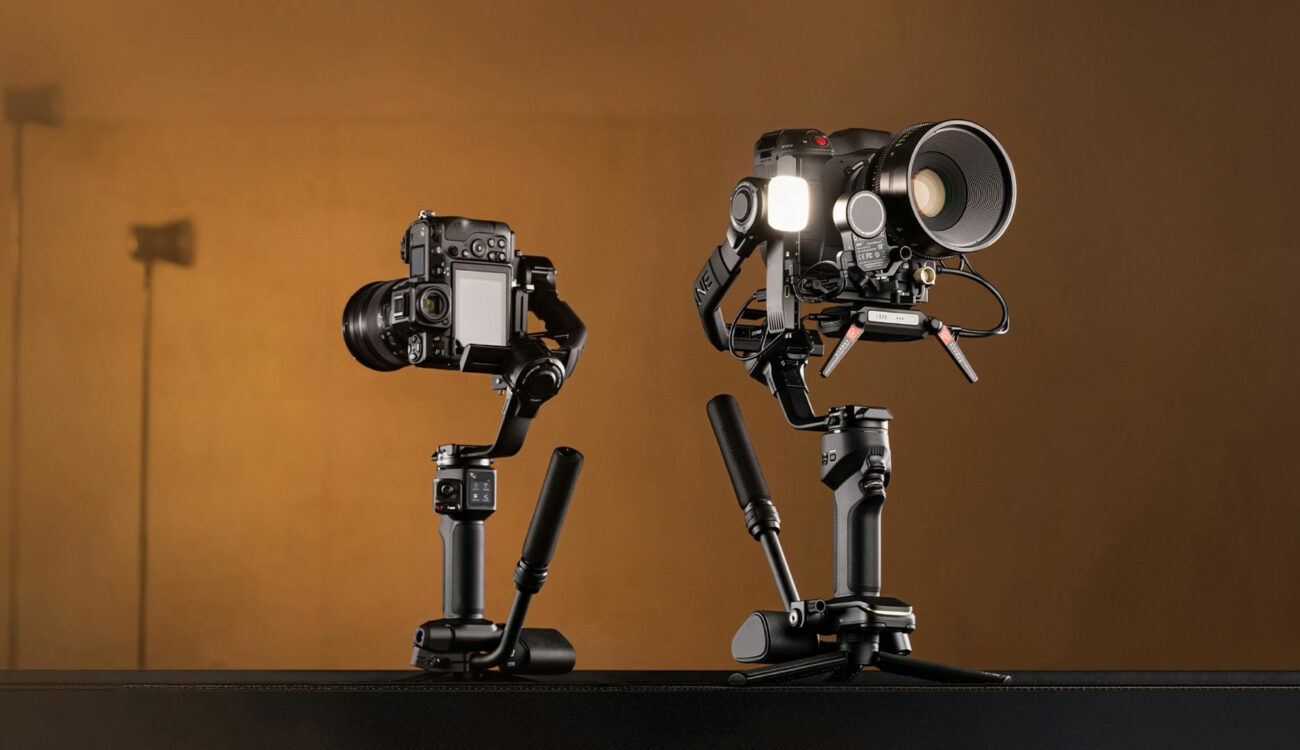When you need to stabilise a full-frame body plus fast glass, going “ultra-compact” simply won’t cut it. Consequently, the Zhiyun Crane 4 steps in. Weighing roughly 1.7 kg yet supporting up to 4 kg, this three-axis gimbal sits neatly between DJI’s RS 4 and RS 4 Pro—at a more palatable price. In this Zhiyun Crane 4 review 2025, I’ll share my hands-on experience shooting documentaries, real-estate walkthroughs and a week-long travel film with Sony and Blackmagic rigs.

What’s New vs Crane 3 S & Weebill 3 S
First of all, Zhiyun trimmed weight while boosting torque. Furthermore, the company added several workflow niceties:
- Higher payload, lighter chassis (≈1.7 kg)
- Built-in 10 W LED fill light on the roll arm
- Sling grip + wrist rest combo for comfortable low-angle work
- Balance-indicator LEDs on every axis to accelerate setup
- Magnetic tool & reflector plates stored inside the arm
Build & Ergonomics
To begin with, weight distribution is excellent. Moreover, the carbon-fibre arms pull the centre of gravity lower than on the RS 4, which noticeably reduces wrist fatigue. Meanwhile, the wrist-rest sling grip—borrowed from the Weebill line—lets me run low dolly shots for minutes without “gimbal arm.” In addition, the textured handle remains secure even when I’m wearing thin gloves in winter.

Balancing & Setup Speed
Previously, Zhiyun relied on awkward Allen-key plates. Now, each axis features numbered calibration marks plus a thumb-toggle lock. As a result, balancing is dramatically faster. During a wedding shoot, I swapped from a 24-70 mm to a 50 mm prime in under three minutes, including micro-adjustment—significantly quicker than my RS 3 Pro average.
Payload Reality Check
Spec sheets promise 4 kg, yet real-world rigs differ. Accordingly, I loaded a Blackmagic 6K Pro + Sigma 18-35 mm + V-mount (≈3.8 kg); the Crane 4 still had motor headroom and, importantly, no high-torque vibration. However, once a full cinema cage and matte box pushed the build past 4.1 kg, the gimbal struggled and battery drained faster. Therefore, I’d treat 3.8 kg as the practical ceiling.
Stabilisation Performance
In side-by-side 4K 120 fps tests against the DJI RS 4, the Crane 4 produced equally smooth pans and tilt-ups. Additionally, its ZY Auto-Tune algorithm completed calibration in just eight seconds after a lens swap, whereas DJI needed closer to fifteen. Consequently, switching focal lengths felt less disruptive on set.
Built-In LED Fill Light
The 10 W COB LED punches well above its size. Moreover, a dial lets you shift colour temperature between 2700–6500 K for quick mood tweaks. For instance, I used it during interior property shoots to fill faces when overhead lighting was patchy. While it won’t replace a key light, it definitely saves packing an Aputure MC.

Battery Life & Charging
The non-swappable 10 000 mAh battery is rated at up to 12 h . In practice, I averaged 9 h 40 m with the LED at 50 % and frequent Auto-Tune cycles. Nevertheless, USB-C PD quick-charges to 75 % in around an hour, meaning a lunch break easily tops you up for afternoon shoots.
Software & Shooting Modes
The revamped ZY Play 2.0 app pairs in seconds. Furthermore, standard modes—PF, F, POV, GO—behave exactly as you’d expect. Most importantly, Sling Mode 2.0 flips the gimbal under-slung with a single trigger pull while maintaining horizon lock, which creates smooth rising reveals with minimal effort.
Crane 4 vs DJI RS 4 (and RS 4 Pro)
Because many readers will ask, here’s a concise spec comparison:
| Spec | Crane 4 | DJI RS 4 | RS 4 Pro |
|---|---|---|---|
| Weight | 1.7 kg | 1.4 kg | 1.6 kg |
| Max Payload | 4 kg | 3 kg | 4.5 kg |
| LED Fill Light | Yes | No | No |
| Vertical Plate | Needs L-bracket | Native | Native |
| Price (USD) | $749 | $669 | $869 |
Therefore, if vertical shooting is critical, DJI retains an edge. Otherwise, the Crane 4 offers an LED and extra payload at a lower cost than the RS 4 Pro.
Pros & Cons
Pros
- 4 kg practical payload in a 1.7 kg body
- Integrated LED saves carrying an extra light
- Balance LEDs and numbered axes accelerate setup
- Comfortable sling grip plus wrist rest
Cons
- Non-removable battery—no hot-swap option
- Native vertical requires L-bracket
- LED drains battery faster at full power
Who Should Buy the Crane 4?
If you’re an event filmmaker juggling multiple lenses or a run-and-gun docu shooter pushing rigs beyond 3 kg, the Crane 4 sits in a sweet spot. Conversely, pure vertical-first creators may prefer the RS 4 for its built-in rotating plate. Even so, the Crane 4’s light, price and balance speed make it a compelling alternative.
Final Verdict
Ultimately, the Zhiyun Crane 4 feels like a thoughtful evolution—lighter, stronger and smarter than its predecessors. The LED isn’t a gimmick; instead, it’s genuinely useful. Granted, I still wish for hot-swap batteries. Nevertheless, for my hybrid Sony FX3 / A7R V kit, the Crane 4 secures a permanent slot in my 2025 load-out.
Check out the Zhiyun Crane 4 on Amazon
Related Reviews and Guides:

